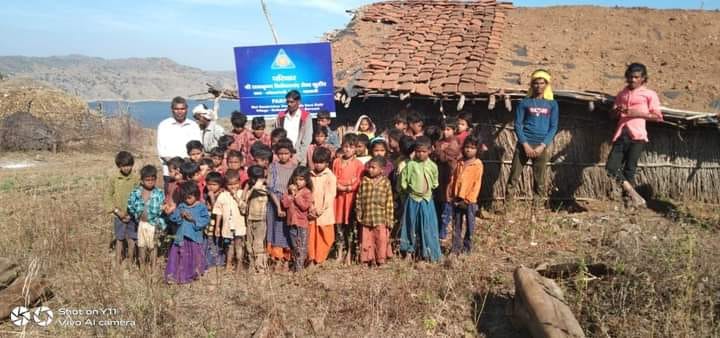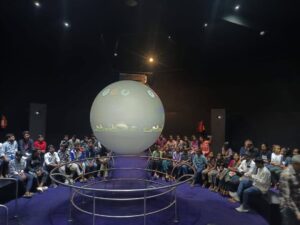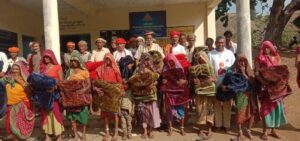Resounding success of Parivaar children in Eklavya and other Special Residential Schools in Madhya Pradesh
It is with great delight that we share the grand success of our Seva Kutir children in the entrance exams conducted for special residential schools (Eklavya, Kanya Shiksha Parisar, and Model Schools). There is one common examination for each of these three institutions which are present in different parts of the state and reserved for children of the tribal communities. Children, if selected through a rigorous competitive process, are allotted one of these schools based on the presence of schools in their own district or some other districts where seats are available.
Last year there were a total of 252 selections (93 boys and 159 girls) and this year the figure has risen to 661 (207 boys and 454 girls). The success of girls is manifestly more than that of boys but a factor in this could also be that Kanya Shiksha Parisar admit only girls.
These children are from 17 districts out of which we have been running our seva kutirs in 16 districts. In one district, where we did not have Seva Kutirs, we got 7 children selected only on the basis of a few days of crash course in a limited number of villages.
Even after the selection, there is a considerable amount of documentation and logistical support involved in getting the selected children finally admitted and settled. Thus it is no mean an exercise carried out by our field personnel to finally get each of these children settled in these schools – particularly when the school is allotted in a different district, sometimes, quite far away from their home district.
The government spends an amount of Rs 1 lakh to 1.25 lakhs on each student per year. Therefore, each year for the coming 7 years of their school education (grade 6 to grade 12) each year 7 to 8 crores will be spent. Thus for the next seven years a cumulative amount in excess of Rs 50 Cr will be harnessed from the government’s allocated budget on this scheme for these children.
It is to be underscored that even among the tribal community, the children we are working with and have got admitted are among the most impoverished and dispossessed.
We are exceedingly hopeful of bright futures of each of these children.
Parivaaar in its third decade





